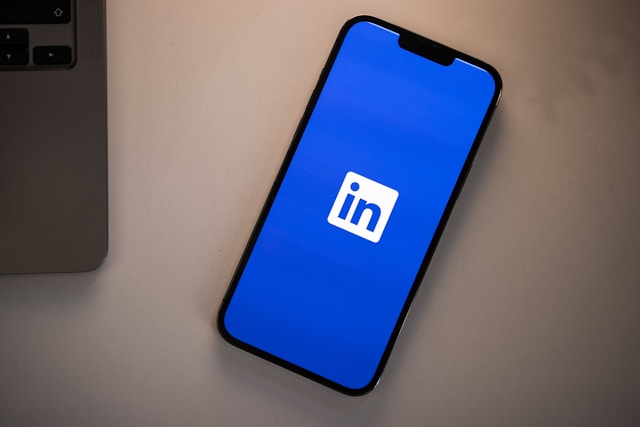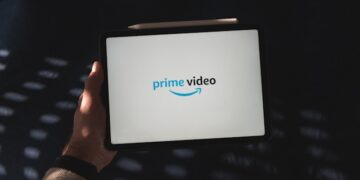In today’s competitive digital marketing landscape, LinkedIn ads offer a powerful way to connect with decision-makers, business professionals, and high-value B2B audiences. Unlike other social media platforms, LinkedIn is uniquely positioned for B2B marketing due to its professional user base and advanced targeting capabilities. Whether you’re a small business owner or a marketing director at a tech startup, learning how to run LinkedIn ads effectively can significantly grow your business.
Why Use LinkedIn for Advertising?
LinkedIn stands out as the leading platform for professional networking, with over 900 million users worldwide. But it’s not just the size of the network that matters it’s the quality. LinkedIn users include CEOs, executives, hiring managers, and other key decision-makers, making it ideal for B2B marketing on LinkedIn.
Unlike Facebook or Google, LinkedIn provides granular targeting options based on job title, company size, industry, and more. This makes it easier for businesses to reach the right audience with minimal waste.
Types of LinkedIn Ads
Before launching your first campaign, it’s essential to understand the different types of LinkedIn advertising formats:
-
Sponsored Content: These are native ads that appear directly in the LinkedIn feed. They can be single images, carousels, or videos.
-
Message Ads (InMail): Delivered directly to a user’s LinkedIn inbox, Message Ads offer a personalized way to engage prospects.
-
Text Ads: Simple, pay-per-click ads that appear on the sidebar of LinkedIn. These are great for brand visibility.
-
Dynamic Ads: Automatically personalized ads that use profile data to increase engagement.
-
Video and Carousel Ads: Ideal for storytelling and visually showcasing products or services.
Choosing the right ad format depends on your campaign goals and your target audience.
Setting Up a LinkedIn Ad Campaign
To get started, you’ll need a LinkedIn Campaign Manager account. Once logged in, the platform will guide you through the setup process:
-
Choose Your Objective: LinkedIn lets you choose from awareness, consideration, and conversion goals. Select the one that aligns with your business strategy.
-
Define Your Target Audience: Use LinkedIn’s advanced filters to target users by job title, company name, industry, location, education level, and more. This precision is one of the biggest advantages of LinkedIn advertising.
-
Select Ad Format: Based on your objective and audience, pick the most suitable ad type.
Budgeting and Bidding Strategy
One of the most common concerns with LinkedIn ads is cost. They are generally more expensive than other platforms, but the return on investment can be higher due to the quality of leads.
-
Daily vs Total Budget: Start small with a daily budget to test performance before committing to a long-term spend.
-
Bidding Options: LinkedIn offers CPC (cost per click), CPM (cost per impression), and CPV (cost per video view). Choose based on your campaign goals. For lead generation, CPC is usually more effective.
-
Start with a Test Budget: Allocate a small budget for A/B testing different creatives and audiences. This helps refine your strategy before scaling.
Creating Effective Ad Content
Success with LinkedIn advertising depends heavily on the quality of your ad creative. Here’s how to make your ads stand out:
-
Strong Headlines and CTAs: Grab attention with a concise, benefit-driven headline. Use clear calls to action like “Download Now”, “Register Today”, or “Learn More”.
-
Use High-Quality Visuals: LinkedIn users expect a professional tone. Invest in clean, branded images or videos.
-
Personalize When Possible: Use audience data to tailor your messaging. Personalized ads can significantly increase engagement and conversion rates.
Measuring and Optimizing Performance
After your campaign is live, tracking performance is critical. Here are some key metrics to monitor:
-
CTR (Click-Through Rate): Indicates how engaging your ad is.
-
Conversion Rate: Shows how many people completed a desired action.
-
Impressions: Helps gauge your ad’s reach.
-
Cost Metrics (CPC, CPM, CPA): Evaluate cost-effectiveness.
Use the LinkedIn Insight Tag to track conversions on your website and retarget visitors. Regularly perform A/B tests on your ad creatives and refine your audience targeting based on performance data.
Best Practices and Common Mistakes to Avoid
To get the most from LinkedIn ads, avoid these common pitfalls:
-
Over-Targeting: While it’s tempting to narrow your audience too much, this can limit your reach and drive up costs.
-
Neglecting Ad Creative: Even with perfect targeting, poorly designed ads will underperform.
-
Skipping Optimization: Regularly review and optimize your campaign. Pause underperforming ads, test new creatives, and refine your audience.
Conclusion
LinkedIn advertising is one of the most effective strategies for scaling B2B marketing efforts. With precise targeting options, professional audience segments, and multiple ad formats, LinkedIn offers an unparalleled platform for reaching decision-makers.
By learning how to run LinkedIn ads strategically from setup to optimization you can drive brand awareness, generate high-quality leads, and grow your business more effectively. Start with a clear goal, test regularly, and continuously improve your approach. With the right strategy, your business can unlock the full potential of LinkedIn ads.










